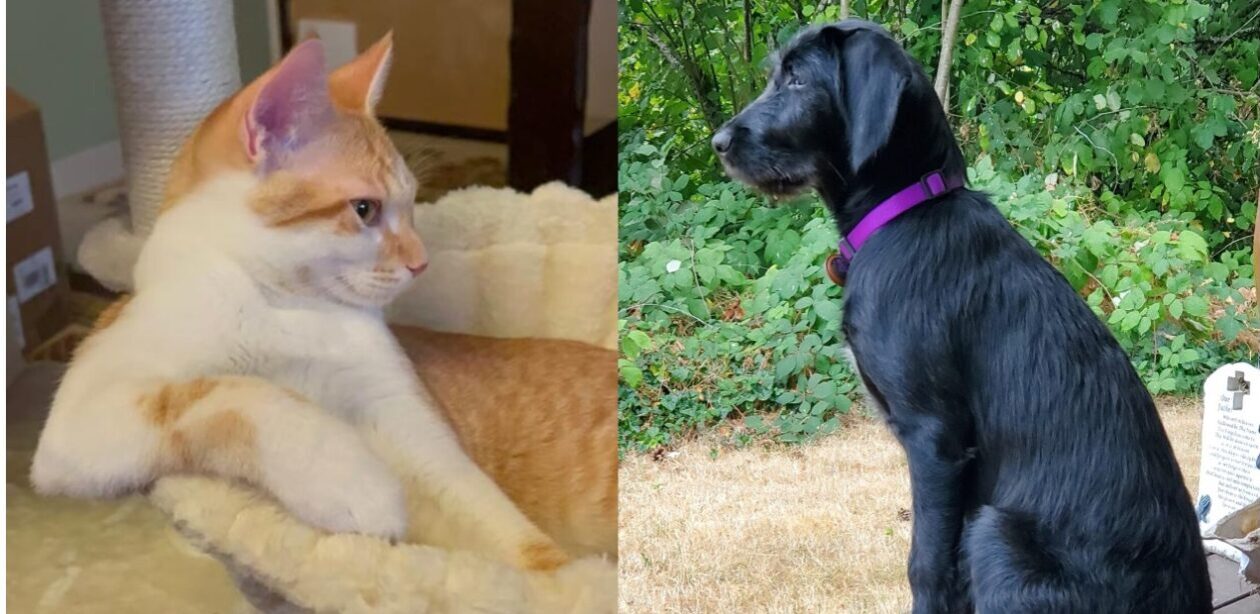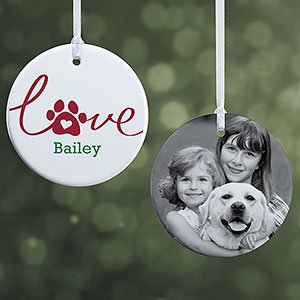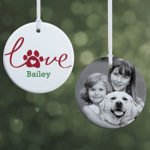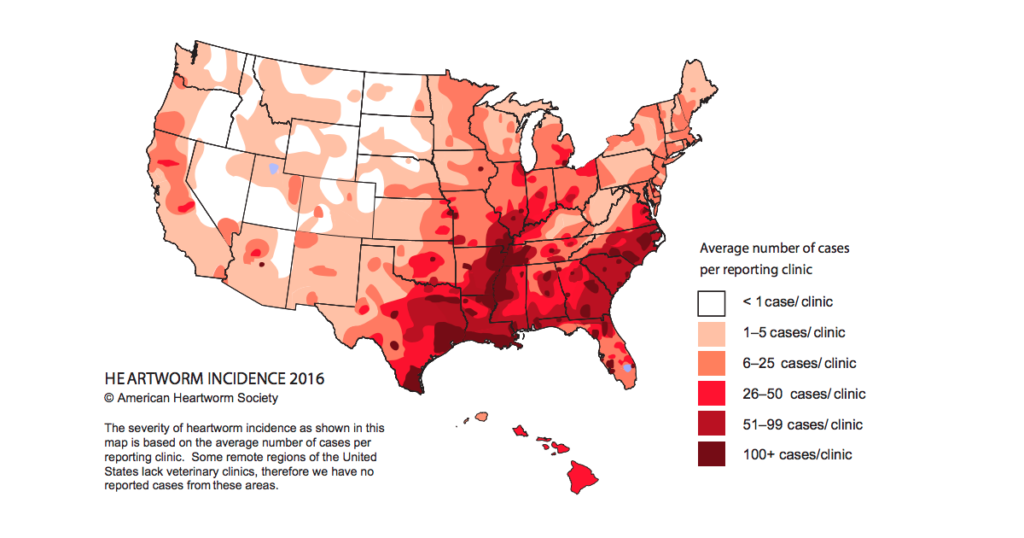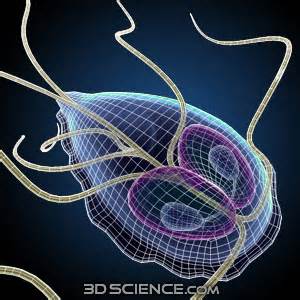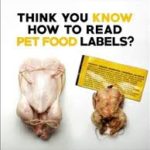How to introduce a cat
by Becky E. Marks, DVM
| Cat introductions should be gradual |  |
The holidays are around the corner. Perhaps your youngster has been begging, Mom can I have a kitten for Christmas? You are wearing thin.You already have one cat. Is it that simple to add another kitten to your already hectic lives? Well yes and no. Often we get questions regarding how to handle the predicament of adding another feline (or canine) to the household. You must understand that the cat who currently reigns feels very threatened by newcomers. A cat who has her favorite chair, window ledge and scheduled pathway to roam about the house is not likely to welcome a frisky stranger.
Mistakes are easily made. What you should not do --Don"t immediately introduce these pets together by rubbing their noses together or closing them together in a room. By all means do not scold either pet for not meeting your expectations. This is a stressful event for them. What you should do . Create a safe place for the new cat or kitten.
A good option is a back bedroom. In this room, arrange all the comforts of home: food, water, litter pan and toys. For the first two weeks, play with your new kitten in this room only. In the meantime, the resident feline will know something is up. The smell of the new kitten will be on your clothes and sounds of the new kitten will be heard. The two felines can smell and investigate each other under the door without scratching or biting. In the next two weeks you may allow the new kitty out for short stretches of time. You have to monitor these time periods. It is easy to imagine how a cat fight could be dangerous and traumatic. This takes time, but keep in mind you are in control of the adjustment period. In the fourth week you may allow more extended periods of freedom for the new kitten, but keep monitoring. Try to show equal one on one time for each pet. It can be difficult to be impartial. If however, one pet is more upset than the other it is acceptable to show more affection.
Same feeding area Beginning week four you can start to feed both cats in the same feeding area. Feed the cats at regular times so that they have a good appetite and are more concerned about their food than the other cat. You are trying to create an association in each cats mind: Every time I see that other cat I get rewarded with food. Nothing bad happens! The food bowls should be as far apart as possible. Gradually move the bowls closer together over a period of several days. Now you are testing the waters. Go slowly. If any hissing or upset occurs you will have to retrace your steps and put the bowls further apart again.
Special toys Also, find some special toys that both cats like. They will have these toys only when they are together in the same room. A couple of strings are great. Drag a string for each cat so they are independently playing and again you are creating an association: Every time the other cat is playing I get my special toy and special attention!" Most cats will be over the hurdles in eight to 10 weeks. If they are not pals after three months, they never will be. It may be that your cats only tolerate each other, but you may have rushed the process. Try backing up a few steps and going slower this time.
Young kittens are usually easier to mix. Their adjustment period may only be a week. A dog entering into a cat household is somewhat similar. Dogs and pups tend to be rambunctious. Most resident cats will hide in the back room and the roles are reversed. This is OK.
A new kitten for the holidays is a wonderful treat. Make sure the guidelines are understood by the household before the pet arrives, and make the introduction a joy for all!
Another really important reason to use the initial 2 week separation is to prevent upper respiratory infections from being spread. Wahs your hands and change clothes if your new entry has any signs of infection before you return to contact with you older pets.
Becky E. Marks, DVM is a co-owner of Timberland Animal Clinic
